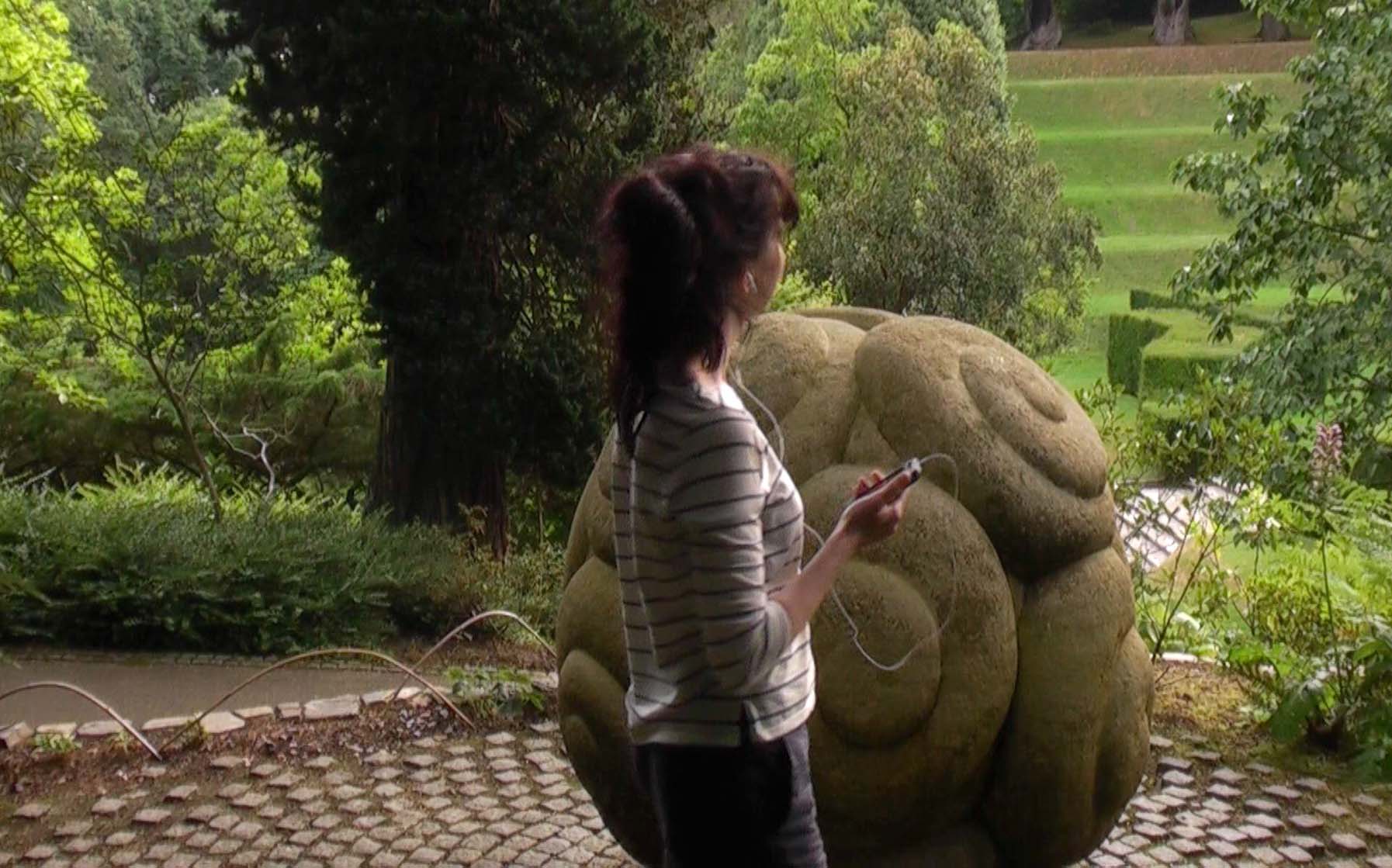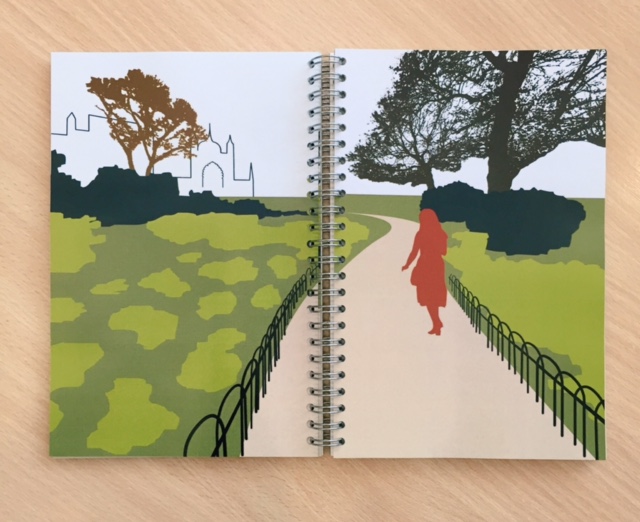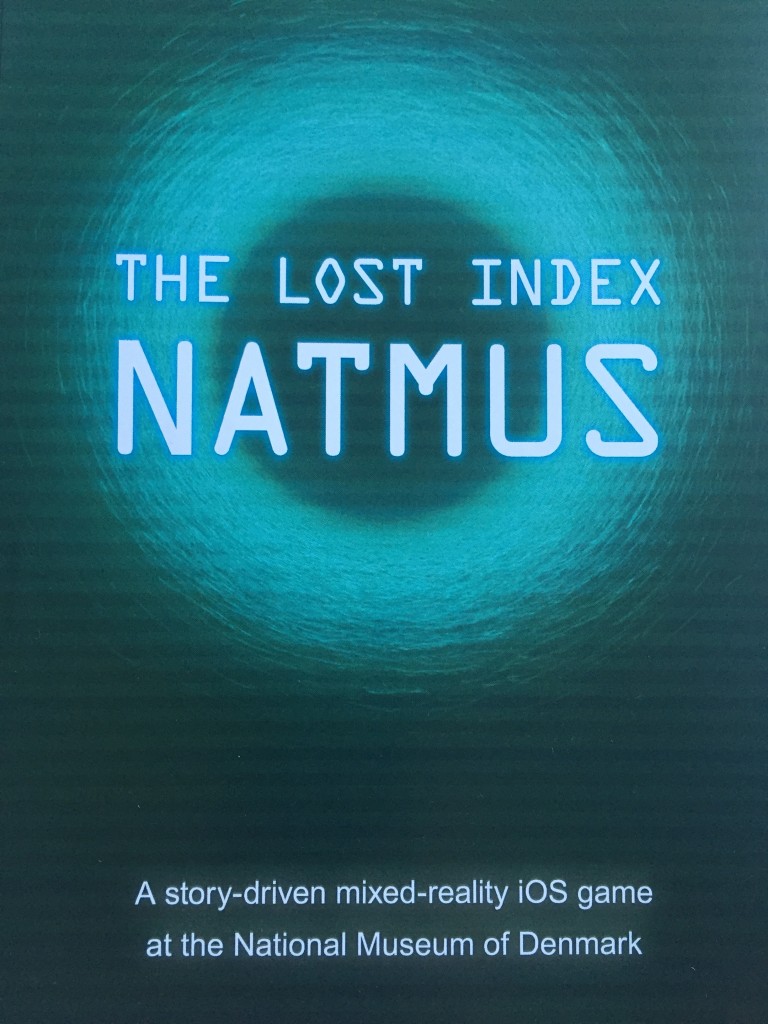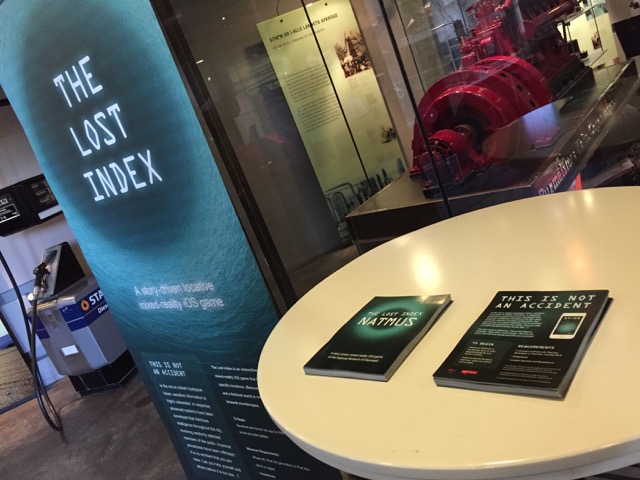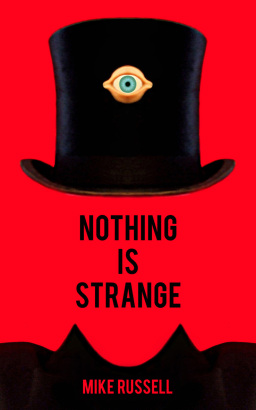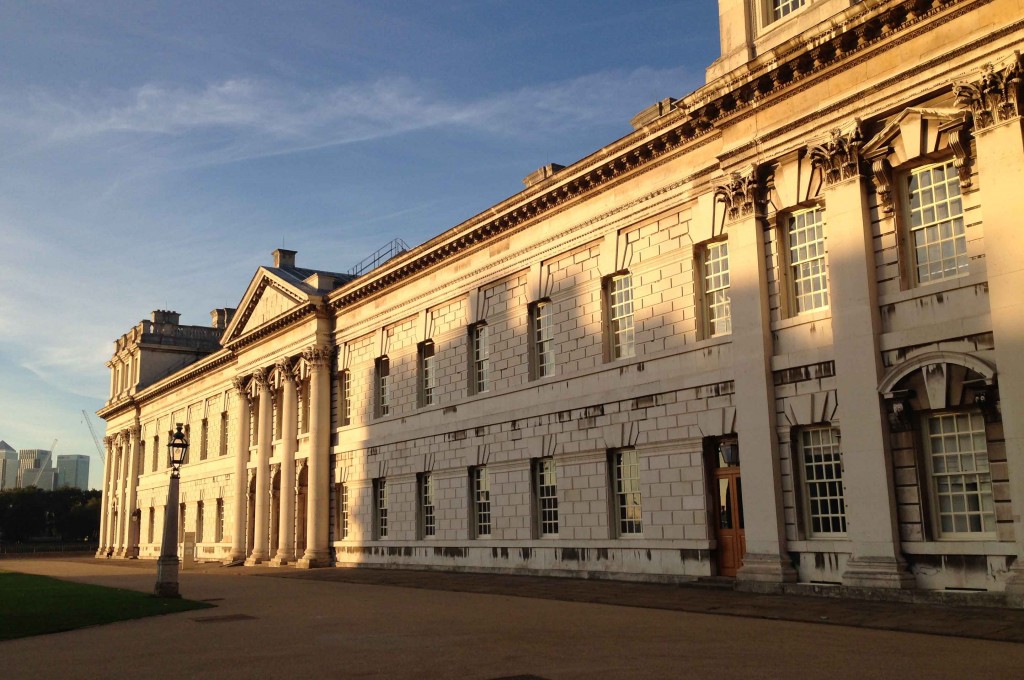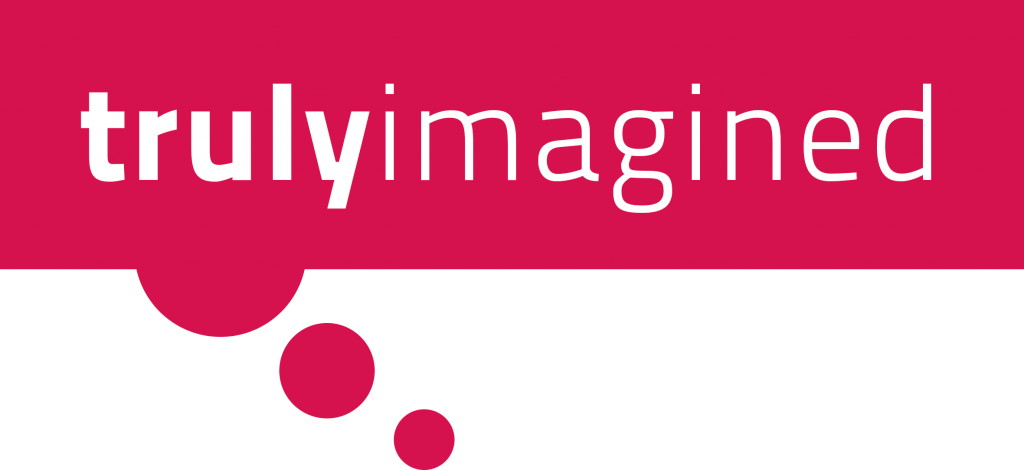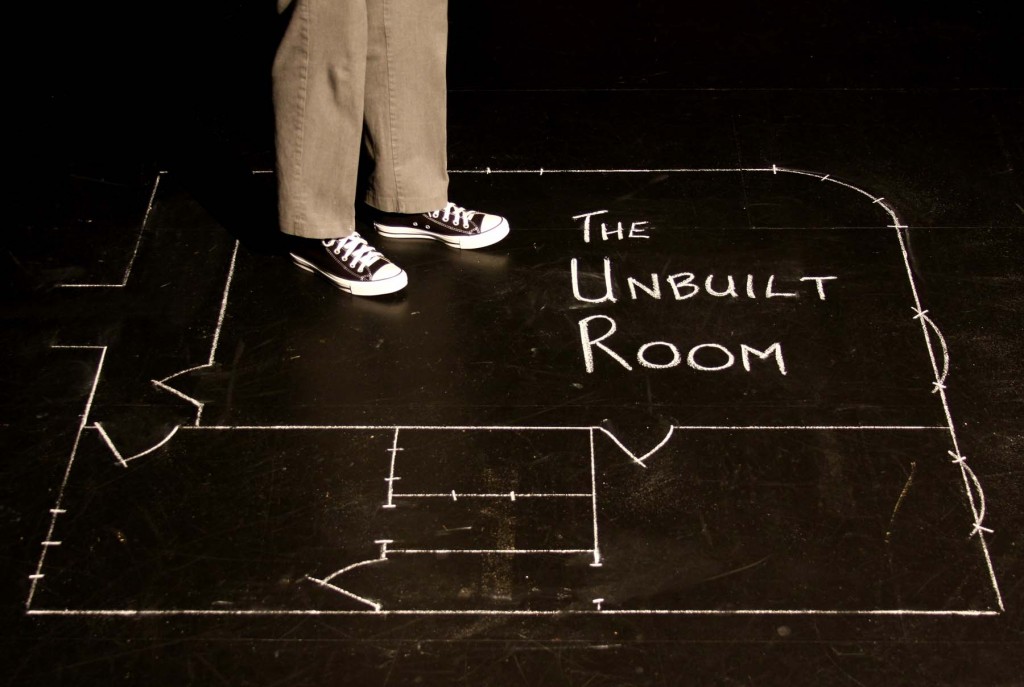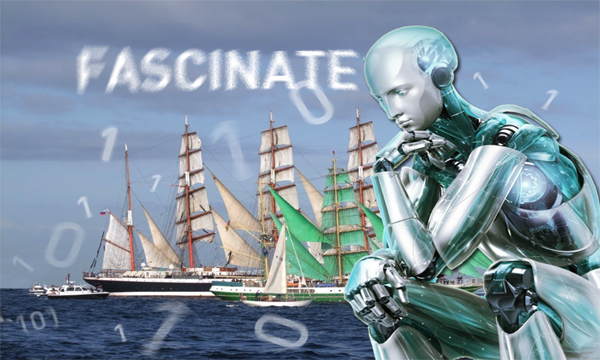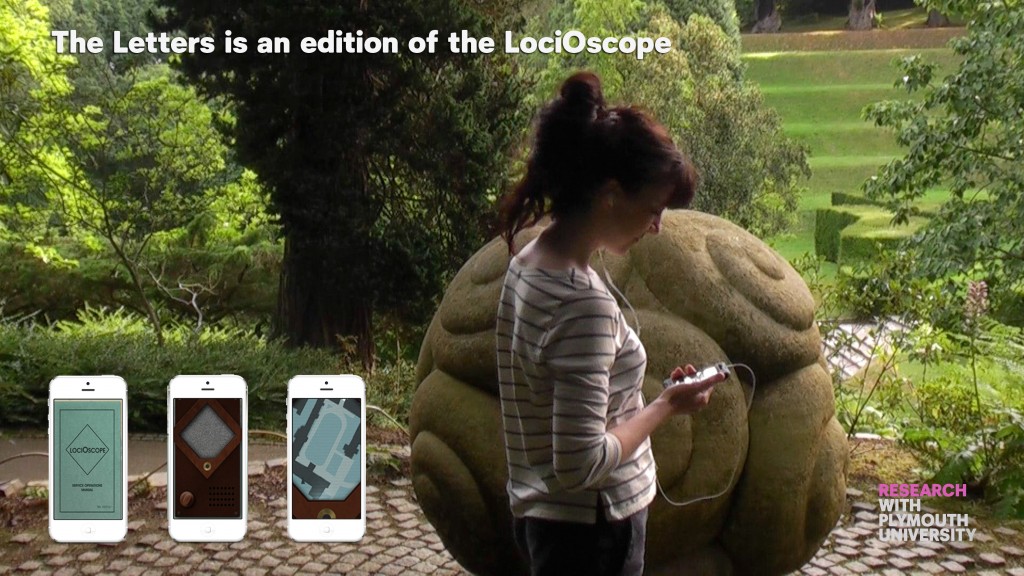I’ve been thinking about the ways in which expanded narratives, in particular situated narratives, can mediate the participant’s relations with their surroundings and how narrative devices familiar to theatre and radio drama may be used in producing this work. Here, I wish to briefly compare the use of nested recordings, such as phone calls, instant messaging, recorded interviews, voice messages, memos, and vlogging, etc. within situated and “non-context specific” narratives.
Emblematic of this device is Samuel Beckett’s play Krapp’s Last Tape (1958) in which the protagonist plays sound recordings made thirty years earlier, recalling memories of his younger self. Radio has repeatedly utilised nested media; in the sci-fi drama Orbit One Zero (Peter Elliott Hayes, BBC Home Service: 1961) each episode is bookended by the scientist’s recorded audio notes revealing an attempted alien invasion. In Clara Glynn’s tightly scripted tale, A World Elsewhere (director David Ian Neville, BBC Radio 4: 2015), the life of Rida, a Glasgow teenager, is represented through her screen-based interactions with close friends and strangers. The linguistic forms of instant messaging and blogging shape the narrative’s structure and style, becoming part of the story’s subject matter and its dialectical critique. Gimlet Media’s podcast Homecoming, (Eli Horowitz: 2016), is a compelling psychological thriller in which acts of forgetting, the intentional suppression of “truths” and drug induced amnesia are mechanisms of suspense. “Truths” and “fictions” are told largely through recorded consultations between psychotherapist and patient, voice messages, and phone conversations between the psychotherapist and her government employer. Speech is sometimes distorted, the phone line glitchy, to obfuscate their fictional status.
For examples of nested media within situated narratives we can turn to Cardiff and Bures Miller’s walk works. In Villa Medici Walk (2001) a female voice heard on headphones creates the world of the story, set in the garden in which participants walk, interspersed with memories that took place elsewhere. Recorded messages, apparently from a man in a war-zone, interject places and times, far removed from the surroundings. In Blast Theory’s Machine to See With (2011), the drama of the heist is staged between participants in the city, via their own mobile phones — props that have dual categorical status as functional objects within and outside the world of the story. Cast as a lead character, attention is focused by the unseen mastermind that communicates to the participant via voicemail messages, conveying the route around the city and announcing tasks to be undertaken. “Real” voicemails are heard on the phone, while it is their causes and that of the “heist” that are fictional.
What are the purposes of the nested media, why not tell the story straight?
A host of reasons begin to unfurl, just a few points are touched upon here: A false dichotomy can be created between the mediated — the recording, the phone call, the instant message — and the world of the story in which they take place. Counterintuitively, fictional events can also be lent the semblance of the real in the form of recordings that profess to have (actually) happened in the past. In addition to shaping the depiction of time, nested media often portrays events as happening elsewhere, extending the parameters of the fictional world. There is a shuffling of the hierarchy of the reals, or as Matt Hayler has pointed out in an earlier post, both background and foreground operate within the picture perceived.
A World Elsewhere does not guile the listener into role-playing that they’re actually part of the Rida’s on-line conversation, rather the use of nested media is used to illustrate the arguments put forward in the drama. In contrast, Homecoming invites us to imagine as-if we are listening to phone calls and recordings. It does this by utilising signifiers such as “realistically” distorted sound and field recordings to create “naturalistic” sounding story locations; both the character and the podcast listener strain to hear as the phone line breaks up. A World Elsewhere uses representations of media, in Homecoming recordings are imitations [1].
Another function is added to the use of nested media by situated narratives. The participant’s physical presence is placed in relation to, and often coincides with, the world created by the narrative. Phone calls, or printed or textual notes can offer a means and a rationale for the delivery of the story to the participant in a particular place. The phone call and recorded messages can go beyond creating categorical confusion between what’s classed as being inside or outside the narrative. The phone call and other nested media can invite a range of engagement with the story, from perceiving and interpretation, to responding to the material phone held in the participant’s hand, moving, acting, and engaging in tasks in the environment.
The late nineteenth century and early twentieth century psychologist and philosopher William James, says we assign objects in our experience to different categories or “worlds”: the physical world of heat, colour, or sound, for example; the worlds of scientific laws; of mathematics, logic, ethics, aesthetics; of common beliefs and prejudices; of supernatural beliefs, religion, or fictions; of individual opinion; or of madness or vagary. Assignment may be immediate or delayed but is dependent upon our current perspective and point of view:
Each world whilst it is attended to is real after its own fashion; only the reality lapses with the attention. (1890: 293)
Nested recordings in non-context specific narratives play with distinctions between that which we may class as fictional or real. But they don’t operate like fake news — the participant doesn’t have to step back too far to see the fictional frame. In situated narratives this frame remains, however, at a greater remove, as attention is directed towards the world of the story and the existent place that can occupy the same space. Like sides of a diamond, the foreground and background become relative and contingent positions, according to our focus and point of view.
— Emma Whittaker
Notes
[1] Lister, Dovey, Giddings, Grant & Kelly (2003: 113), after Woolley (1992), draw the distinction between the imitation, that represents an existent object and simulation that anticipates and comes before an existent object and Baudrillard’s (1994 [1981]: 6) simulacra whose object can have the effect of the real without recourse to an existent referent.
References
Baudrillard, J. (1994 [1981]) Simulacra and Simulation. Translated by Sheila Faria Glaser. Ann Arbor: University of Michigan Press
Beckett, S. (1958) Krapp’s Last Tape. [Play] https://www.youtube.com/watch?v=otpEwEVFKLc
Cardiff, J. & Bures Miller, G. (1998) ‘Villa Medici Walk’. [Audio Walk] Villa Medici, Rome, Italy [WWW] http://www.cardiffmiller.com/artworks/walks/medici.html
Elliott Hayes, P. (1961) Orbit One Zero. [Radio drama] BBC Home Service
Glynn, C. (2015) A World Elsewhere. [Radio drama] BBC Radio 4
Horowitz, E. (2016) Homecoming. [Radio drama] Gimlet Media
James, W. (1890) The Principles of Psychology, Vol.2. New York: Henry Holt and Company.
Lister, M., Dovey, J., Giddings, S., Grant, I., & Kelly, K. (2003) New Media a Critical Introduction. London: Routledge. p.113
Woolley, B. (1993 [1992]) Virtual Worlds. London: Penguin
